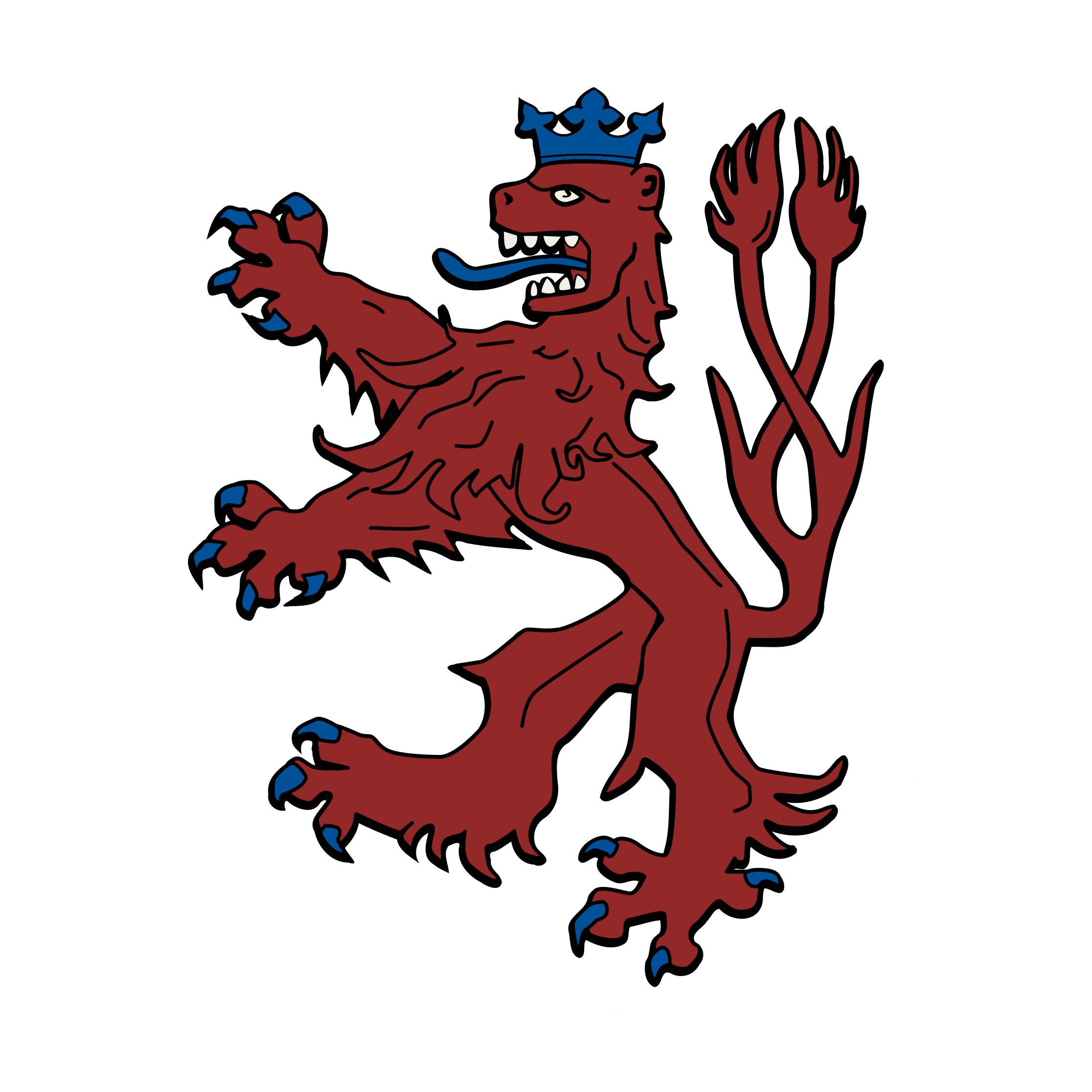
The old lands of the Duchy Berg sit high above the Rhine in a thickly forested and rolling highland landscape. Known otherwise only for its high-quality swords in the Middle Ages, the Industrial Revolution first awoke the Duchy’s potential. The land’s bounty was an endless supply of iron and coal hiding beneath the surface. The story of a rural way of life disrupted by modernity is still evident in its towns, villages, and industrial heritage.

As with most of the Rhineland, allied bombers laid waste to all of the urban centers of the Duchy Berg. Solingen, Remscheid, Siegburg, Bergisch Gladbach and most of Wuppertal offer little to nothing for tourists. However, the rolling hills and river valleys offered protection for nearby villages and some city districts that other Rhenish cities did not enjoy. The Bergisches Land retains many charming urban suburbs and incorporated towns, spared destruction by the region’s geography. E.g., The beautiful village Lennep is part of the otherwise gray and modern Remscheid, Gräfenrath is part of Solingen and Vohwinkel is part of the Wuppertal. Given how isolated some of these places feel, you may not even realize you are in a major city.
The Bergisches Land refers to the territories of the Medieval County and later Duchy of Berg. The name “Berg” is not to be confused with the translation of “Berg, ” which means mountain in German. The borders described here are thus essentially political ones. Many of the towns and villages just across the border to the East in the Märkisches Land region will look similar, and the people there speak the same dialect. Though no single dialect or linguistic attribute can characterize the region, regional identity is still strong in many parts, especially in the north. Locals will quickly correct your assumption if you cross the border from Lennep to Schwerte and ask if you are still in the Bergisches Land.
Astute readers of Wikipedia will note that the Duchy’s capital was Düsseldorf, a large city absent from my maps of the territory. The reason is that nobody in Düsseldorf thinks they are part of the Bergisches Land. Ask what part of Germany Düsseldorf is in, and the answer will be the “Rhineland” or “Lower-Rhine.” Cultural association with ancient kingdoms is unsurprisingly low in modern metropolitan centers.